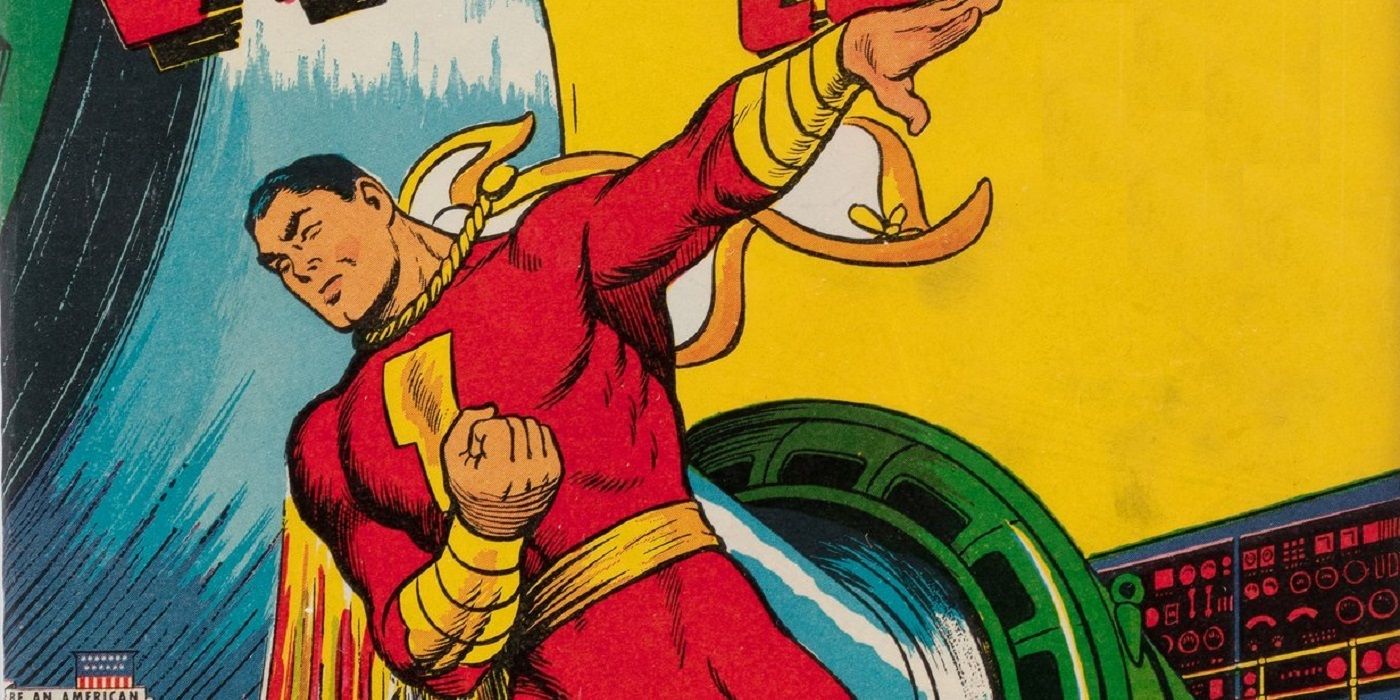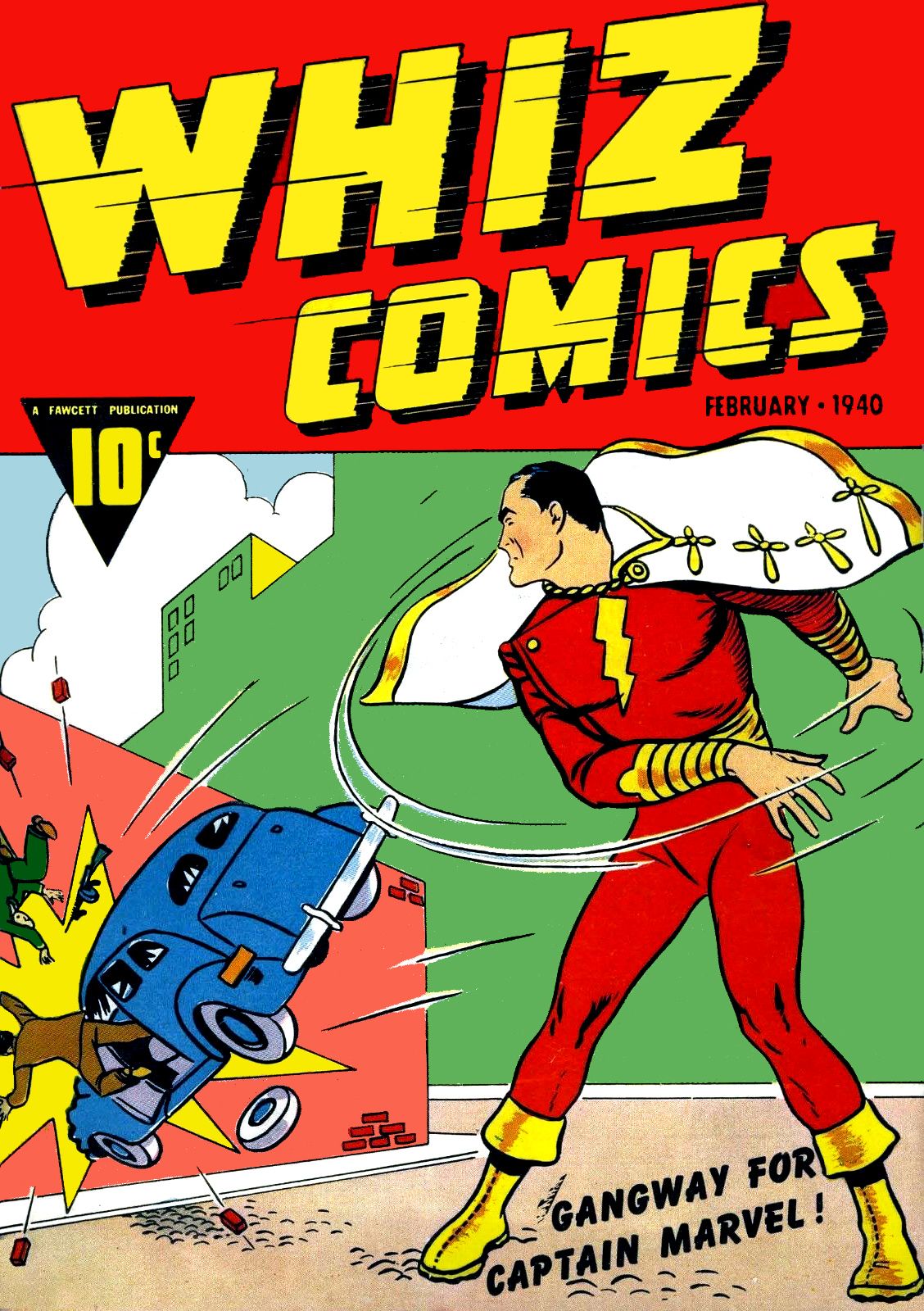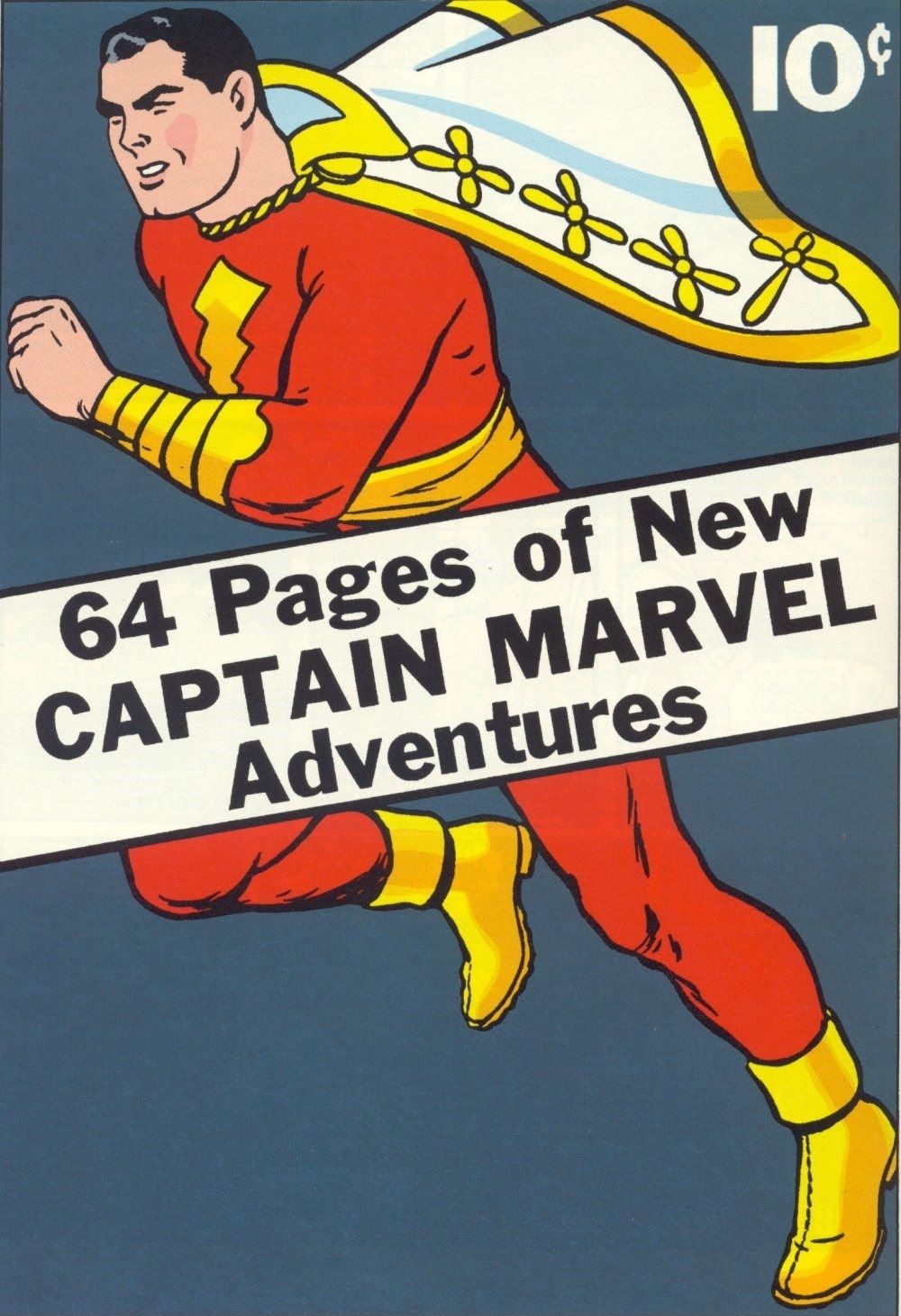Welcome to Comic Book Legends Revealed! This is the seven hundred and ninety-ninth installment where we examine three comic book legends and determine whether they are true or false.
As usual, there will be three posts, one for each of the three legends.
NOTE: If my Twitter page hits 5,000 followers, I'll do a bonus edition of Comic Book Legends Revealed that week. Great deal, right? So go follow my Twitter page, Brian_Cronin!
COMIC LEGEND:
An Editor-in-Chief was fired for hiring himself as a freelancer under a pseudonym.
STATUS:
True
An interesting aspect of the early days of the comic book industry is that there really weren't many people out there who knew what they were doing. A big part of that was that it was SO difficult at first to make any money in comics. Major Malcolm Wheeler-Nicholson was one of the most forward thinking people in the entire history of comic books and all he got for his troubles was so much debt that he ended up having his own company taken from him right before Superman debuted in Action Comics #1 in 1938. Up until that point, most of the money in comic books had been in the world of reprinting established comic strips (original comics WERE starting to make money, don't get me wrong, they just weren't nearly as successful as the reprinted comic books). Doing original stuff was seen as, in effect, a cover band at a bar saying, "We're going to play some of our own stuff tonight," in other words - almost always a REALLY bad idea. In effect, "Oh, you think you're going to come up with something better than Dick Tracy?" "Oh, you're just going to do a better comic than Joe Palooka? Good for you."
But then Superman hit and, well, people were shocked - this guy actually WAS better than Dick Tracy and Joe Palooka. Suddenly, not only did original comic books make sense, but it seemed like a GREAT idea. When National followed up Superman with Batman, it only pushed other companies even further to get in on the action. If you were a company that did pulp magazines, you would be a fool to NOT try to get in on this booming comic book market.
But, again, there were so few people doing original comic books at the time that no one really knew what they were doing, so the established creators out there were doing VERY well. That mostly meant comic book packaging studios, like Will Eisner and Jerry Iger's studio. These packaging studios would create whole comic books which would then be published by the comic book companies. One of the companies that used Eisner and Iger was Fox Feature Syndicate, but when Victor Fox told Eisner and Iger to create a knockoff of Superman, the result, Wonder Man, was SO similar that they were quickly sued and lost. Fox fired Eisner and Iger and decided to just hire his own in-house staff. His first Editor-in-Chief was a guy who had worked for Funnies, Inc., another comic book packaging company. His name was Joe Simon.
While at Fox, Simon met a young artist named Jack Kirby. The two would work together for the next two decades. Soon, Simon and Kirby left Fox for Timely Comics (now Marvel Comics) where Simon would become Editor-in-Chief and where Simon and Kirby soon created Captain America.
Another creator Simon brought to Timely from Fox was writer Francis Edward Herron, typically known as France Herron. Simon did not think much of most comic book writers at the time, but he liked Herron, so Herron worked on early Captain America Comics stories with Simon and Kirby and even helped co-create the Red Skull.
Unlike Simon, who was on staff, Herron was a freelancer, so he also wrote for other companies, including Fawcett, another pulp magazine publisher that jumped head first into the comic book game. Their big creation was Captain Marvel, introduced in 1939 in Whiz Comics #2.
The head editor for Fawcett was Bill Parker, who had co-created Captain Marvel with C.C. Beck. In the fall of 1940, Parker decided to join the Army (presumably feeling that there was a war coming). Since, as a I noted, nobody really knew how this stuff worked, Herron, as Fawcett's most prolific writer at the time, was promoted to Editor-in-Chief.
He did so just in time to launch Captain Marvel out of the pages of Whiz Comics into his own solo series, Captain Marvel Adventures. Herron hired his old friends, Simon and Kirby, to do the content for the first issue (which Simon and Kirby did while still working for Timely)...
Herron's time as Editor-in-Chief was pretty successful. He came up with the idea of a teen version of Captain Marvel called Captain Marvel Jr., who debuted in Whiz Comics #25...
Herron was a sharp guy. He noticed that comic books would often be racked on newsstands so that they would be fanned out so that only the left side of the comic book cover would be visible, so he had his artists make sure to draw Captain Marvel on the left side of each cover. Herron famously also hired Otto Binder, perhaps the most renowned Captain Marvel writer of all-time.
So why did Herron get fired?
Michael Browning wrote about Herron in TwoMorrow's Alter Ego #155 (edited by P.C. Hamerlinck, who added some information about Herron, as well) and they quote two different Fawcett creators as explaining what caused Fawcett to part ways with Herron.
The late, great Bill Woolfolk (who wrote the script for Captain Marvel Jr.'s first appearance under Herron's direction) recalled:
He was fired when the maharajas at Fawcett discovered he was writing stories under different names and paying himself. He was undone by a typewriter tic that identified the stories as having been written on his typewriter. Personally, I think if the stories were good, the maharajas should have had nothing to complain about.
And the also late and also great Marc Swayze (who co-created Mary Marvel for Fawcett):
The stories I heard of him was that, when he left Fawcett, it turned up he was an editor and had been buying his own stories. The way I felt about that was that if Ed wrote a story and bought it, it was because it was the best story he could get, in house or out. He was a good writer and dedicated to comicbooks. I don’t think of him in an incriminating way at all. I just liked the guy. I think he was an honorable guy and a good writer
Swayze, of course, is just repeating stories he heard, but Woolfolk sounds like he was speaking more firsthand, so I don't really see an reason NOT to believe Woolfolk on this one. I've never heard any alternate theory as to why Herron was fired from Fawcett, so I'm willing to go with it as a true.
Thanks to Michael Browning, P.C. Hamerlinck, Bill Woolfolk and Marc Swayze for the information!
SOME OTHER ENTERTAINMENT LEGENDS!
Check out some other wedding related legends from Legends Revealed:
1. Was Toy Story Nearly Canceled Because It Was Too Dark of a Story?
2. Was Snakes on a Plane Re-Edited after a Parody Trailer of the Film?
3. Was South Park Not Allowed to Kill Off Sally Struthers?
4. How Did the Tonight Show Save Twister From Oblivion?
PART TWO SOON!
Check back later for part 2 of this installment's legends!
Feel free to send suggestions for future comic legends to me at either cronb01@aol.com or brianc@cbr.com




